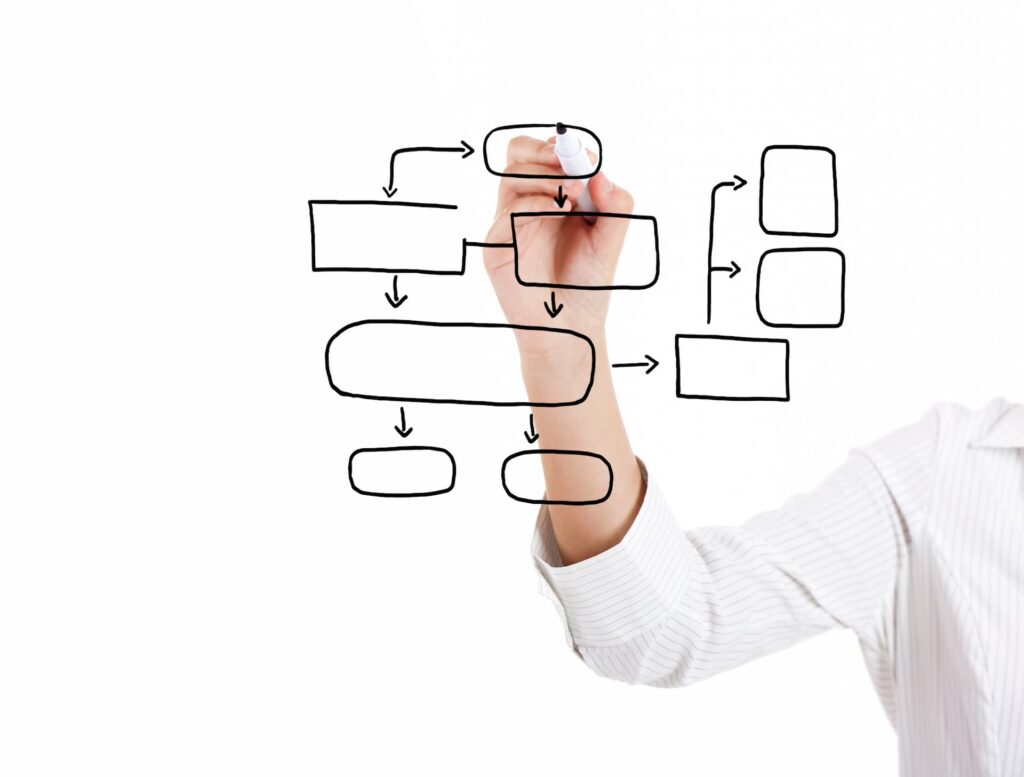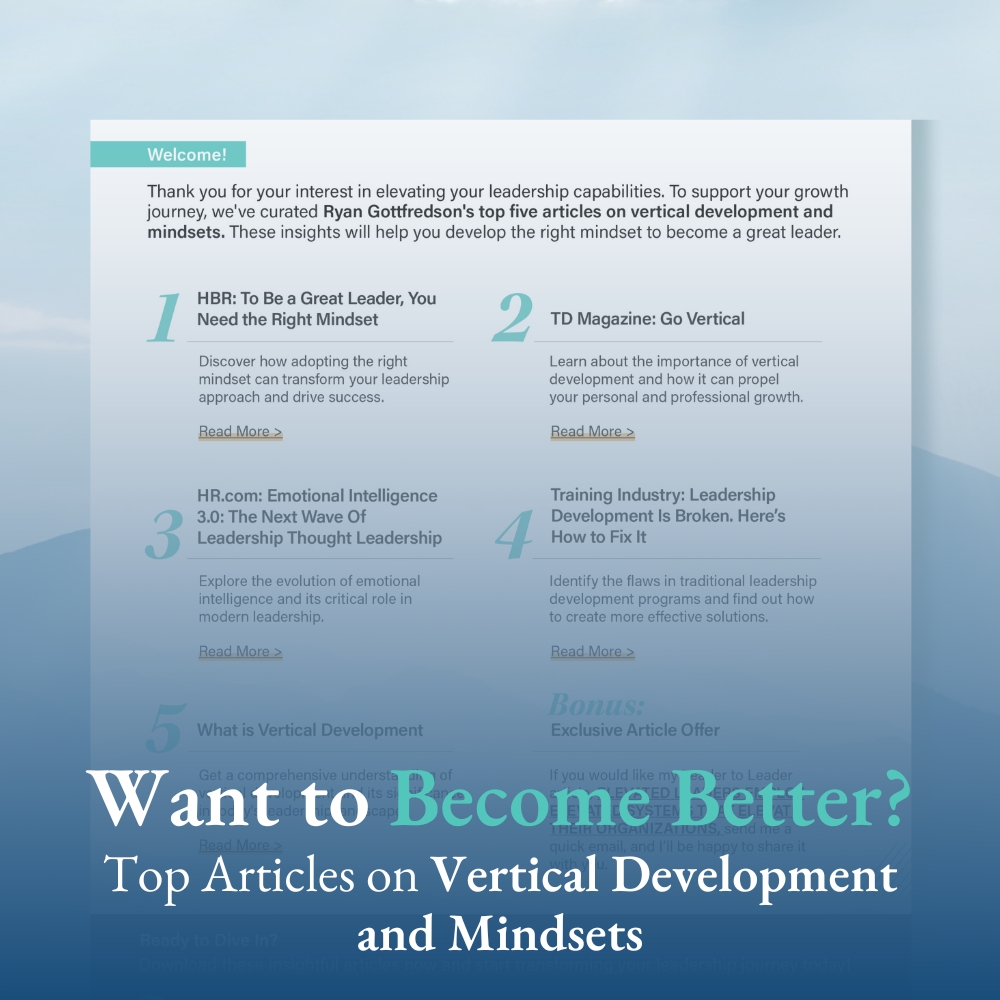In today’s fast-paced, uncertain, and ever-evolving work environment, leaders are constantly being tested—not just by the complexity of problems they face, but by the complexity of the environments they must navigate. While skills like strategic thinking, decision-making, and communication remain important, they’re no longer enough on their own. What increasingly separates effective leaders from those who struggle is their cognitive complexity—their ability to see, interpret, and respond to the world around them in complex, nuanced, and integrated ways.
Here is the reality:
- When leaders are more cognitively simple, they struggle to navigate complex situations.
- But, when leaders are more cognitively complex, they possess greater capacity to effectively navigate complexity.
What is Cognitive Complexity?
Cognitive complexity refers to the degree to which a leader perceives the world as multifaceted, layered, and interconnected. It’s the difference between black-and-white thinking and seeing the world in full spectrum. This form of complexity is externally focused, concerned not with how a leader views themselves (as in self-complexity), but how they perceive and process the world around them.
At its core, cognitive complexity has two critical dimensions:
- Cognitive Differentiation – The capacity to break down a situation into multiple parts, consider different perspectives, identify trade-offs, and detect nuance.
- Cognitive Integration – The ability to connect those differentiated parts into a coherent whole, enabling leaders to make well-rounded, strategic decisions that account for a wide range of factors.
Leaders high in cognitive complexity aren’t just absorbing more information—they’re making better sense of it. They don’t get overwhelmed by ambiguity; they get curious. They’re not paralyzed by trade-offs; they’re empowered by possibilities.
Why Cognitive Complexity Matters for Leadership
Leaders with high cognitive complexity exhibit three powerful advantages:
- They see the world with greater nuance and detail. They can hold multiple perspectives at once and recognize the interdependencies between stakeholders, systems, and situations.
- They process information more richly and adaptively. They’re better at identifying emerging trends, foreseeing unintended consequences, and synthesizing conflicting inputs into productive insight.
- They make more effective decisions in complex environments. Research shows that cognitively complex leaders are more innovative, more resilient under pressure, and more effective at navigating strategic uncertainty, particularly in volatile environments.
In contrast, leaders with low cognitive complexity tend to simplify problems, ignore nuances, and rely on narrow or outdated mental models—often leading to flawed decisions, rigid behaviors, or preventable crises.
What Cognitive Complexity Looks Like in Practice
Let’s compare two leaders to illustrate this:
David, a mid-level manager, is tasked with implementing a new technology system. He sees it as a simple plug-and-play upgrade and overlooks how it will impact workflows and user behavior. As minor issues arise, he doubles down instead of adapting—escalating small glitches into a company-wide disruption. His limited view and rigid thinking create ripple effects she didn’t anticipate.
Susan, a senior leader at a multinational company, is evaluating entry into a new market. She examines political, economic, and cultural dynamics, consults diverse stakeholders, and considers both short-term wins and long-term risks. As new information emerges, she flexibly adjusts her strategy. Her high cognitive complexity helps her navigate ambiguity and position the organization for strategic success.
Developing Cognitive Complexity
While some individuals may have a natural disposition toward complex thinking, cognitive complexity is not fixed—it can be developed with intentional effort. Here are five research-backed strategies leaders can use to grow this vital capacity:
- Cognitive Decentering: Practice stepping outside your habitual mental models. Use tools like Bolman & Deal’s Four-Frame Model to look at problems structurally, humanistically, politically, and symbolically.
- System Visualization: Map out systems using tools like causal loop diagrams or mind maps to recognize patterns and feedback loops that drive behavior over time.
- Open-Ended Scenarios: Engage in project-based case studies that lack clear answers. The goal isn’t to find the answer, but to explore how many valid options exist and how they might interact.
- Mentorship or Coaching: Work with mentors who can guide you in recognizing complexity, challenge your assumptions, and model integrative thinking.
- Retrospective Reflection: Reflect on past decisions, especially ones made in uncertainty. Ask: What perspectives did I miss? How might I integrate more variables next time?
As you strengthen your capacity to differentiate and integrate complex information, you become less reactive, more reflective, and far more capable of leading through ambiguity.
Final Thought: Complexity as a Competitive Advantage
The environments we lead in are only growing more complex. But complexity doesn’t have to be a liability. In fact, with the right mindset and developmental practices, cognitive complexity can become a leadership superpower—enabling you to see more, synthesize more, and lead more effectively.
As Peter Drucker once warned, “There is a point of complexity beyond which a business is no longer manageable.” Whether your organization reaches that point—or transcends it—will depend on the cognitive complexity of its leaders.











6 Responses
Terrific article, Ryan, with one call out. I don’t appreciate “Susan” being the mid-level non-complex thinker and David being the senior leader complex thinker. It isn’t helpful to perpetuate these stereotypes. And in real life please note I’m coaching two women in their 30s who can do complex mental gymnastics around some of the older men they work with.
Happy to switch them 🙂
Thank you! That was fast! Appreciate you! I feel much better about sharing your valuable article.
Excellent article Ryan. I particularly appreciate you providing guidance to the reader on how to develop their cognitive complexity capabilities. Maybe in a follow up article you could highlight the values and beliefs that enable navigating cognitive complexities well.
That is a great idea Dennis. Here are some things to chew on in the meantime:
-Improving in our cognitive complexity requires vertical development. As we move from Mind 1.0 to Mind 2.0 to Mind 3.0, we become more cognitively complex because we (1) shift from being dependent thinkers to being independent thinkers to being interdependent thinkers, and (2) our values and needs change from safety (in the short term), to winning/standing out (in the short term), to creating value (in the long term).
-Also, we know that frameworks and decision making guides can also help us take in more disparate points of view or look at problems from different angles, which can help us think and operate with greater cognitive complexity.